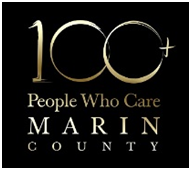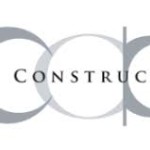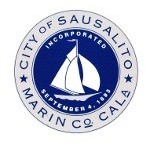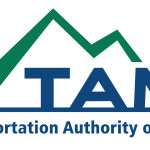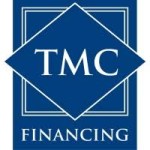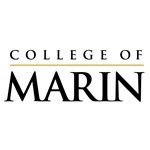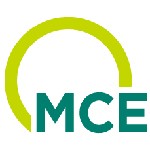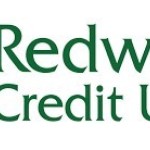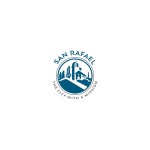MEF Newsletter June 2017
June 2017
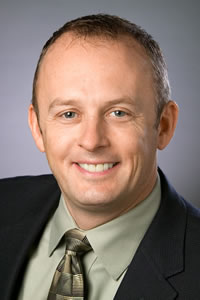 Greetings from your Interim CEO
Greetings from your Interim CEO
As we enter into the last month of the second quarter of the year, the staff at Marin Economic Forum has been focused on providing economic vitality to Marin County by focusing on fundraising, engaging the Board, and re-invigorating the working groups. I am excited to report that through these activities, and your support, MEF is poised to provide value in terms of ensuring Marin County’s economy continues to thrive.
Our revenues are increasing due to additional sponsorship monies, and our working groups are busy tackling some key initiatives for the organization. Here are some key highlights we have accomplished since the beginning of this year:

Lastly, I am happy to report that Dr. Rob Eyler and I presented an annual update to the County Supervisors on the successes Marin Economic Forum has had this past fiscal year. As a result, MEF received its $150,000 annual matching contribution from the County based on a unanimous vote in favor by the County supervisors. A special thank-you to Judy Arnold and Damon Connolly for helping us in this effort.
In closing, I want to personally wish you and your families a very safe and happy summer. Please let me know if there is anything I or MEF can do to support your business.
The Marin Economic Forum (MEF) is a public-private partnership, serving as the platform for collaborative efforts on improving Marin County’s economic vitality while seeking to enhance social equity and environmental protection.
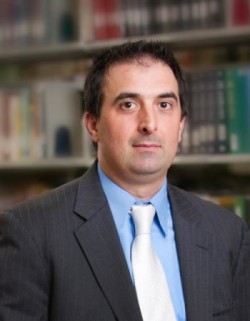 Preparing for SMART Travel: Expectations and Efficiency
Preparing for SMART Travel: Expectations and Efficiency
We need to ride the SMART train when it starts to make it a success. SMART is expected to announce on June 7 when they will be taking passengers. After years of debate, an election, planning, construction, car purchases, sales tax rates rising and falling, and economic recession and recovery, the North Bay is about to get a train to move people. I was fortunate enough to be asked my opinion many times along the way by proponents, pessimists and all kinds of people, and I am still asked regularly. The economics of public transportation systems should not have the same expectations as private systems (which rarely exist for mass transit) or of a private market setting. Three tenets exist:
• The train must provide riders with an incentive to take the train, either through price or time saved or both;
• The train must solve “last-mile” problems in Marin and Sonoma counties due to the dispersion of the population from the train stations; and
• The public needs to recognize this is a public good, with a large cost of exclusion and a small cost of inclusion.
Being a public good means there is a tradeoff of equity and efficiency. Because prices are subsidized to remain low and provide an incentive to ride for all income levels as possible, the efficiency of the system may not be perfect. We need to form expectations that there may be delays now and then, just like when we use a taxi or Uber, versus our expectations.
One of the new markets that act as both a substitute and a complement for SMART that arrived on the scene after the 2008 election and approval was the “sharing” economy taking off with businesses like Uber and Lyft. Potential riders of the SMART train may be torn at times between Uber, Lyft, a taxi, the train, a bus, or driving by themselves. The beauty is that such a sharing business could solve the last mile problem or at least mitigate it in such a way that a private market acts as a complement to the public one. The SMART leadership has seen this and we hear that such partnerships may be coming. This is a classic business move: partner with competition or be undermined by it when there are few players in town.
We also need to keep our expectations in check in terms of traffic flows and reducing the number of cars on the road due to ridership levels on the SMART train. Traffic conditions are an economic phenomenon: we supply roadway space that is demanded by drivers. We live in a single-driver car culture in the North Bay due to the spaces between major towns and cities, and a lack of historic options. It is ok that traffic will still exist; riders of the SMART train will create open space on the road and while economic conditions are good, people moving from Sonoma County south will fill the space along with Marin County commuters.
We need the trains full; there is now an option of tourism as well. Where we may see a traffic reduction is on weekends, which now mirror commute traffic almost every Saturday going north and Sunday going south. Sonoma and Napa counties draw a lot of tourism through Marin County; the SMART train could bring more tourism to Marin as well.
Ride the trains and enjoy the experience. The train helps many riders moving north to south, and needs to be supported.
*Update: Based upon the June 7th announcement, SMART is almost ready to perform a "soft opening" once the Federal Rail Authority completes its audit and certifies that SMART is safe to transport passengers. Supervisor Judy Arnold has offered a ride for any organization or individual that would like to ride the SMART train during this time, so please let us know. We will forward your contact information over to Judy's office so you can ride SMART!
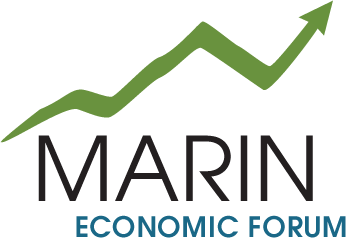 |
Executive Committee Friday, June 16 & 21, 2017, 8:30—10:00am 555 Northgate Dr, San Rafael 94903 |
 |
Better Ways to Close More Deals - Special 2 hour Workshop with Linda Palermo VenturePad: 1020 B Street, San Rafael, 94901 Ticket link: click here |

| Board Meeting Friday, July 28, 2016, 8:30—10:30am College of Marin – Indian Valley Campus, Novato |
 |
SchoolsRule Marin Friday, June 28th 5:30-6:30 Social hour and Reception 6:30-9:00 Dinner & Entertainment Marin County Fairgrounds, under the pavilion tent Purchase Tickets at schoolsrule.org or call 415-491-6680 |
 |
Marinnovation Tuesday, September 19, 4:30pm-7:30pm Details TBA |

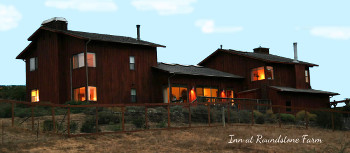


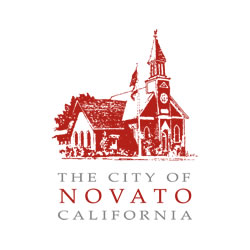

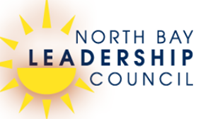


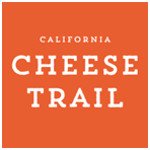
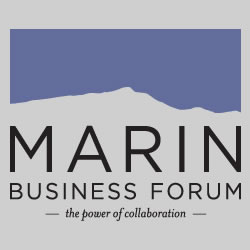
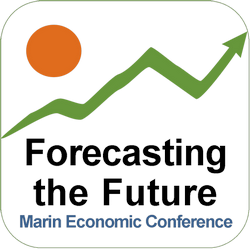
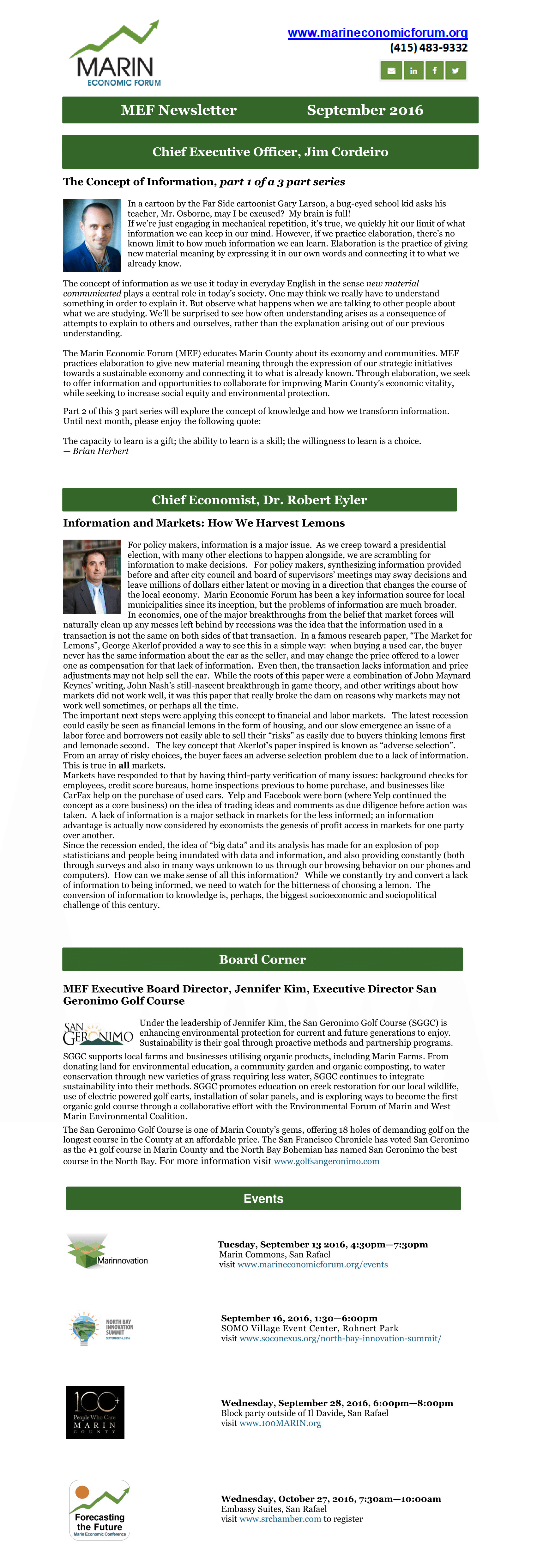

 Entrepreneurship and Sustainability
Entrepreneurship and Sustainability Congratulations to Working Solutions. On Friday, July 8, they funded their 400th microloan! The loan was made to Firebrand Artisan Breads, a local bakery in Oakland that is taking the Bay Area by storm with its signature breads and delicious pastries.
Congratulations to Working Solutions. On Friday, July 8, they funded their 400th microloan! The loan was made to Firebrand Artisan Breads, a local bakery in Oakland that is taking the Bay Area by storm with its signature breads and delicious pastries. Congratulations to Michael Leifer and the launch of Digital Candy. Digital Candy offers advanced artificial intelligence searches on the web to identify counterfeit products and misused logos, domains, images and video.
Congratulations to Michael Leifer and the launch of Digital Candy. Digital Candy offers advanced artificial intelligence searches on the web to identify counterfeit products and misused logos, domains, images and video.

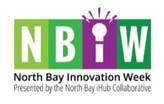
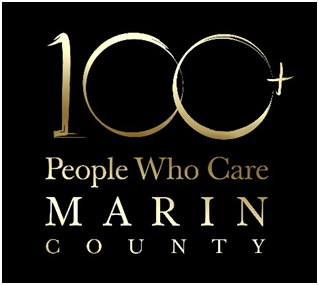

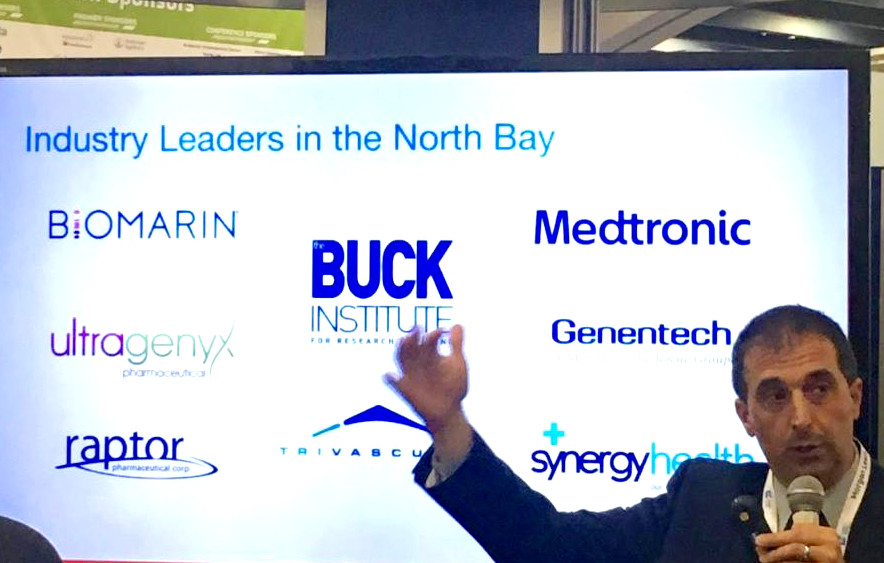
 Brigitte is dedicated to realizing AIM’s vision of building a pavilion focused on celebrating the region’s agricultural roots, supporting artisan development and the success of our 500 local farmers and food purveyors, as well as educating and connecting communities to local agriculture.
Brigitte is dedicated to realizing AIM’s vision of building a pavilion focused on celebrating the region’s agricultural roots, supporting artisan development and the success of our 500 local farmers and food purveyors, as well as educating and connecting communities to local agriculture.
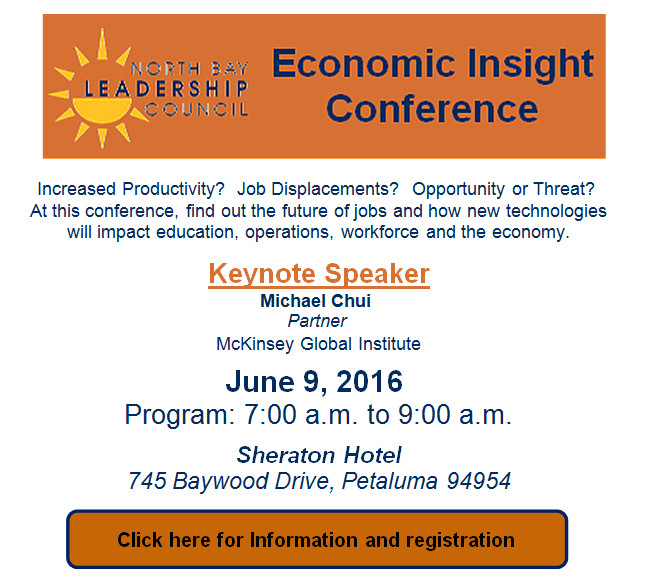
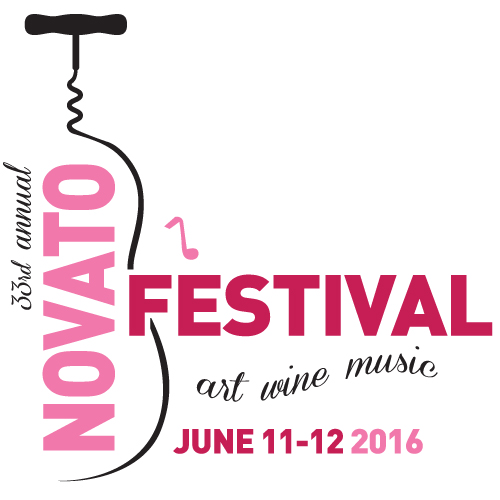

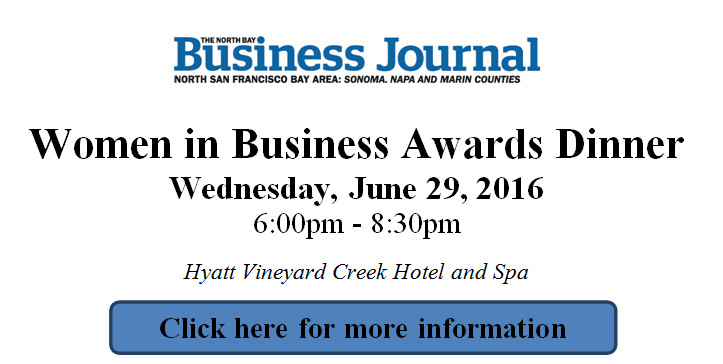
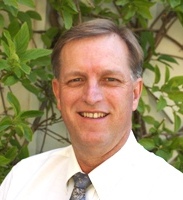 A long and successful history of fundraising and working with non-profit businesses plus management experience are among the talents that Coy Smith brings to his position as CEO of the Novato Chamber of Commerce. He has been the CEO of the Novato Chamber since 2004. He received his credential as an Accredited Chamber Executive Graduate in 2007 from the Western Association of Chamber Executives. Coy serves on the Economic Development Commission for the City of Novato, and on the Board of Directors of the Marin Economic Forum, the Board of Superior Chamber Executives of Northern California.
A long and successful history of fundraising and working with non-profit businesses plus management experience are among the talents that Coy Smith brings to his position as CEO of the Novato Chamber of Commerce. He has been the CEO of the Novato Chamber since 2004. He received his credential as an Accredited Chamber Executive Graduate in 2007 from the Western Association of Chamber Executives. Coy serves on the Economic Development Commission for the City of Novato, and on the Board of Directors of the Marin Economic Forum, the Board of Superior Chamber Executives of Northern California.


